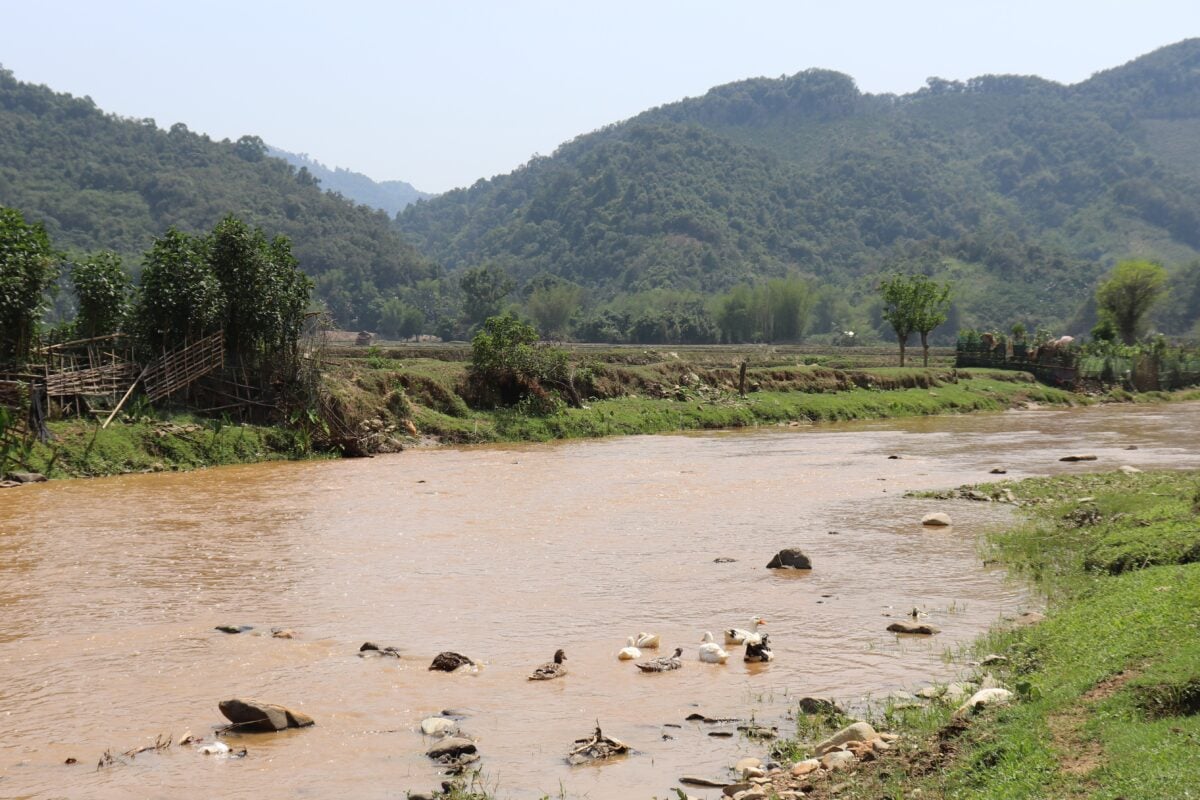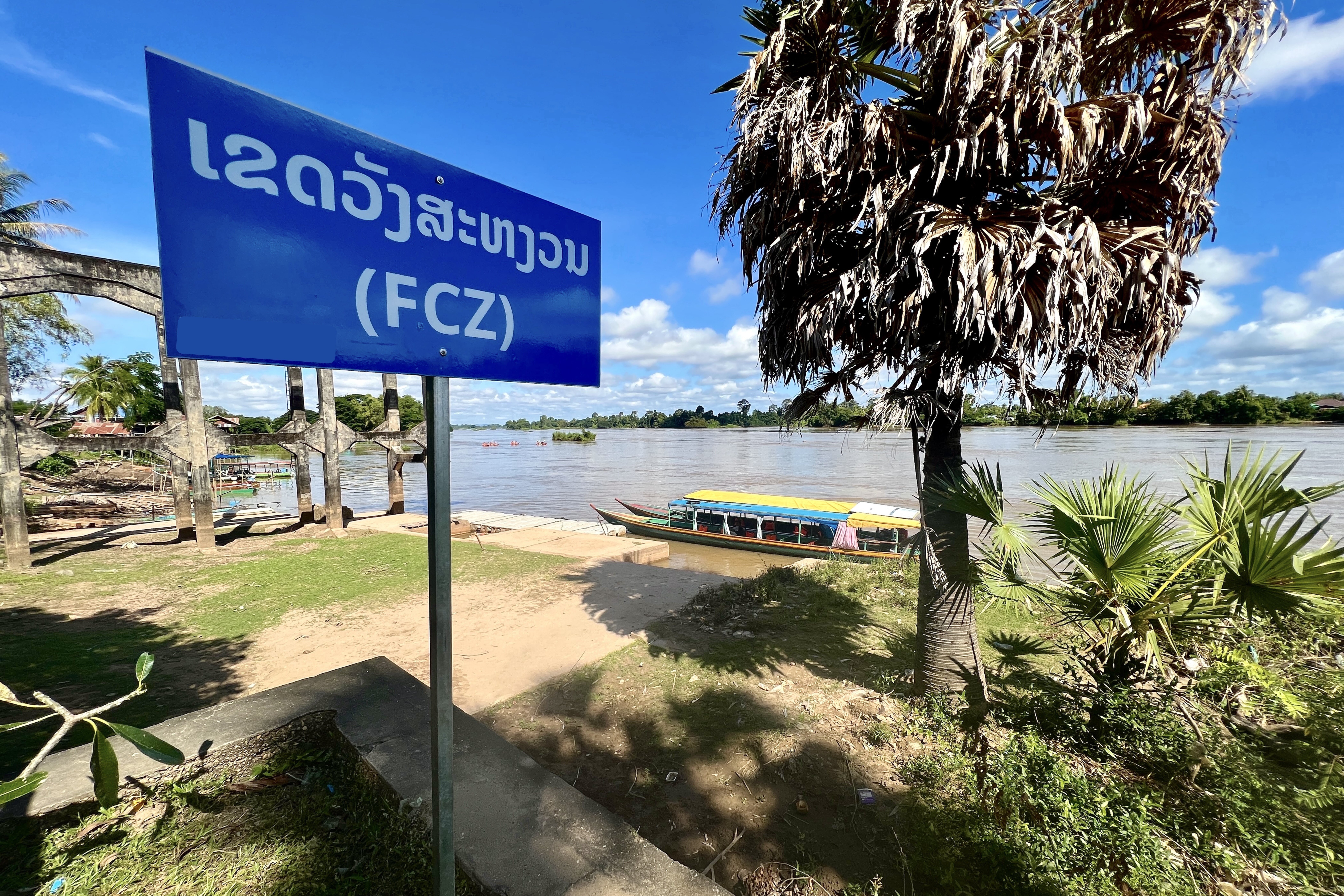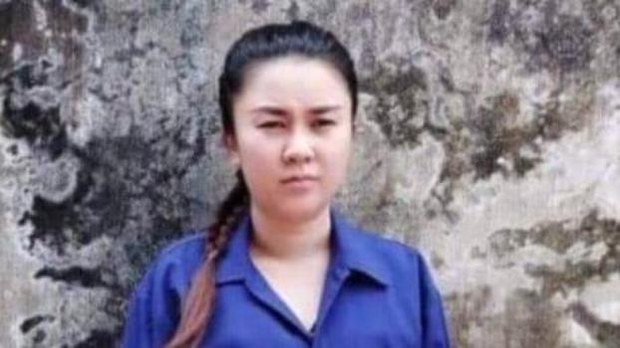HOUAPHANH, LAOS — The aftermath of the rare earth mining leak in Laos’ northern province has raised villagers’ fears about using contaminated rivers. It also highlights the urgent need for Laos to improve its mining strategy and regulations to ensure safety as it plans to extract more rare earth minerals.
Vanh, a mother of five and a weaver, has a fear of using water and fishing in the Vane River, only a few steps from her house.
The river reminds her of the disaster back in February, when Laos’ largest rare earth mining site in northern Houaphanh province leaked chemicals and tainted the water in local tributaries and the 325-kilometer-long Nam Sam River shared by Laos and Vietnam.
The leak polluted the water and fish, sickened several people, and affected hundreds of families in remote districts outside the main city of Sam Neua.
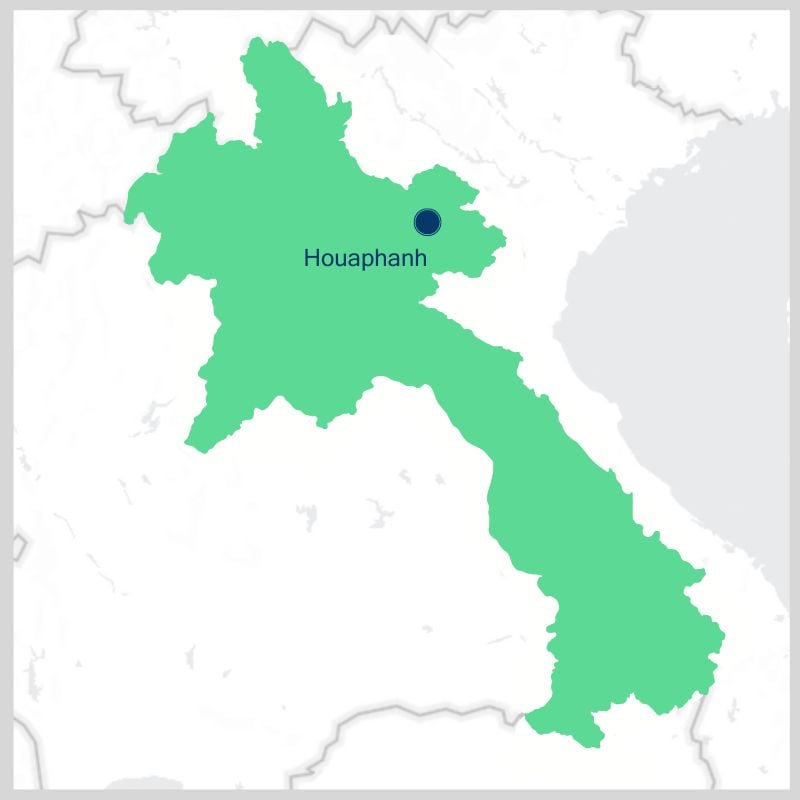
They pleaded with the Lao government to provide assistance and cancel the 198-square-kilometer mining project, which was co-developed by the Chinese and Lao governments.
The Ministry of Energy and Mines reported that the leak was caused by the failure of water storage facilities used in the mining process, which included heavy metals like cyanide, arsenic, and lead. The premature start of mining operations, launched in early 2022, was said to be another cause.
Although the leakage has now stopped and the cleanup process was put in place immediately after the incident, many villagers question its effectiveness.
“I am unsure about the safety of the water, as it was polluted. It used to be a food source for everyone here, but we have observed that our vegetables can’t be grown, and fish can’t be eaten like they used to be,” said Vanh.
Since the chemical leak, Vanh has had to work twice as hard to be able to buy food from the city and necessary supplies for her children. She could not grasp what rare earth mining was when it was explained to her. The authorities told her it was a “community development project.”
This lack of clarity in the project, along with the lack of confidence in mining safety measures, has posed a challenge for Laos as it attempts to ramp up mineral extraction as part of its strategy to generate revenue amid the ongoing economic slowdown and high inflation.
The government reported in 2023 that minerals sold within the country were valued at $US274 million, and those exported were estimated at $2.6 billion — significantly contributing to the country’s economy.
Impact unnoticed
A study published in China’s Bulletin of Geological Science and Technology estimates that Laos’ northern Xieng Khouang and Houaphanh provinces have rare earth resources of up to 600,000 tons. These two provinces primarily cover remote areas, many of which are home to ethnic communities.
The Houaphanh rare earth mining project, which reported the chemical leak incident, is hidden away in an isolated and otherwise pristine region, rendering its impacts largely unnoticed.
Traveling to the mining site from Sam Neua town takes about seven hours along gravel roads, mountainous motorbike trails, and through quiet forests to the remote village of Thap Peng, where the mining site is located.
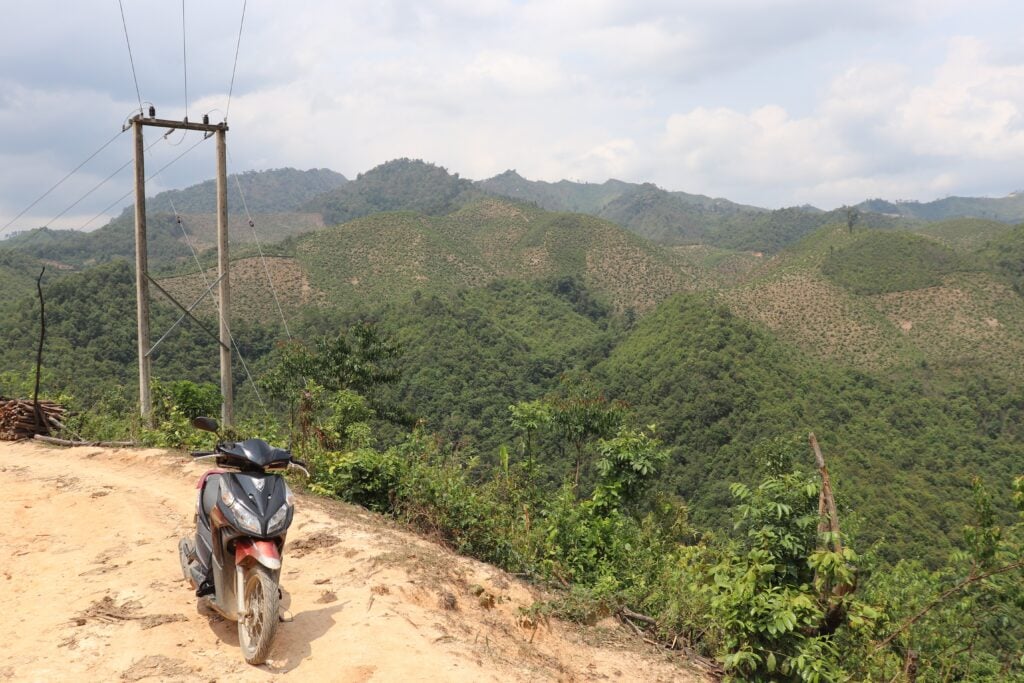
Facing significant debt to China, Laos, under Prime Minister Sonexay Siphandone, announced in a cabinet meeting last year that it would allow investments in rare earth mining.
This strategy aimed to boost the country’s foreign exchange reserves and alleviate its economic and financial difficulties, while also opening the way for China to become an important partner with Laos in extracting rare earth minerals.
China produced and processed 60% and 90% of global rare earth elements in 2019, respectively, according to a report by the International Energy Agency. This means China was a major importer of rare earth elements and has invested significantly in finding mineral sources outside its territory to ramp up its clean energy ambitions.
A feasibility study by Laos’ Ministry of Energy and Mines in 2019 revealed that Beijing Platinum World Technology Development, a subsidiary of the Southern Rare Earth International Trade Company — one of the six largest state-owned rare earth mining enterprises in China — invested more than $21 million in the Houaphanh mining site.
The company owns up to 55% of the investment in the project, while Phadang Hungheuang Huaphan Mining Sole Company, representing the state enterprise Lao Mining Development, owns 45%.
From 2023 to now, the project has processed 8,860 tons of rare minerals from the mining site, distributing 7,500 tons valued at more than $50 million, according to the ministry.
The Lao and the Chinese companies could not be reached for comment regarding the aftermath of the chemical leak incident.
However, both companies have committed to compensating the affected villages and constructing a rockfill dam to prevent leakage from the mining site into downstream tributaries—although the plan has not yet been publicly revealed.
Despite the significant risks to the environment and local communities’ livelihoods, the mining operation continues, likely due to the joint agreement between the Lao and Chinese governments, which shields the company from serious legal repercussions.
Critics argue that such agreements diminish transparency regarding the mining sites and their operations.
Safety measures in need
“Neither I nor the people in my village were informed about the project, even though our village is downstream, while the mining site is upstream,” said a village chief in Houaphanh, who spoke anonymously due to safety concerns.
“As a downstream community, we are the most affected by this project. We need the company, the government, and the authorities to look after us and ensure that we can use our river again.”
Association Area 4, a local non-profit advocacy group, recently noted an improvement in water conditions with the onset of the rainy season, which has diluted the chemical concentrations. However, the communities still fear potential chemical leaks.
“To mitigate the current impact, we can cultivate plants such as water hyacinths to help absorb the chemical pollutants that have been present for a while. Despite this, it’s uncertain if the water will become safe, as these chemicals could persist for decades,” a representative from the association stated.
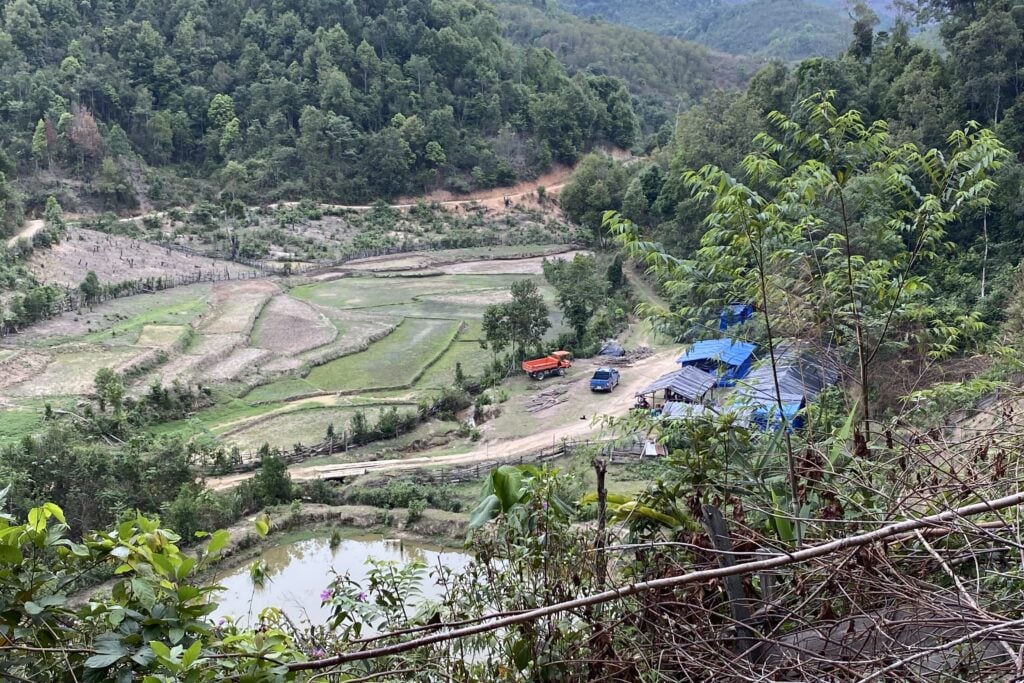
The disaster offers a lesson for the Lao government to improve mining safety measures, as it plans to develop 15 rare earth mining projects by 2030, a plan discussed during the National Assembly meeting in July 2023.
During the meeting, Khonepaphanh Leuangsychanthong, a Lao National Assembly member from Houaphanh, cited environmental and local impacts.
“Rare earth mining in Houaphanh has caused significant environmental and community damage. The extraction process involves injecting chemicals underground and using water, which raises the risk of chemical leaks. Additionally, mining in high mountainous regions exacerbates these risks,” he reported.
He also pointed out that the government lacks clarity on the types and quantities of rare earth minerals exported from Laos. There are no standard selling prices for these minerals, limiting the government’s ability to collect taxes, and forcing it to rely on revenues from granting concessions.
This complicates not only trade but also any compensation that locals may receive for the contamination incident, he said.
In response to safety concerns, the government announced its ongoing process in drafting a strategy to ensure proper management of mining operations in the country.
Until measures are strengthened, villagers will have to live with persistent concern and fear of another disaster.
“Who wouldn’t be afraid of chemicals? However, we have no choice but to live with them now,” said a young woman from the Phong ethnic group living near Houaphanh rare earth mining site.
*Note: Some names of individuals and villages are not disclosed in this story due to safety concerns.
This story was supported by Internews’ Earth Journalism Network through Strengthening Transparency in Infrastructure Development Through Environmental Reporting in Southeast Asia. It was first published in Asia Democracy Chronicles.


